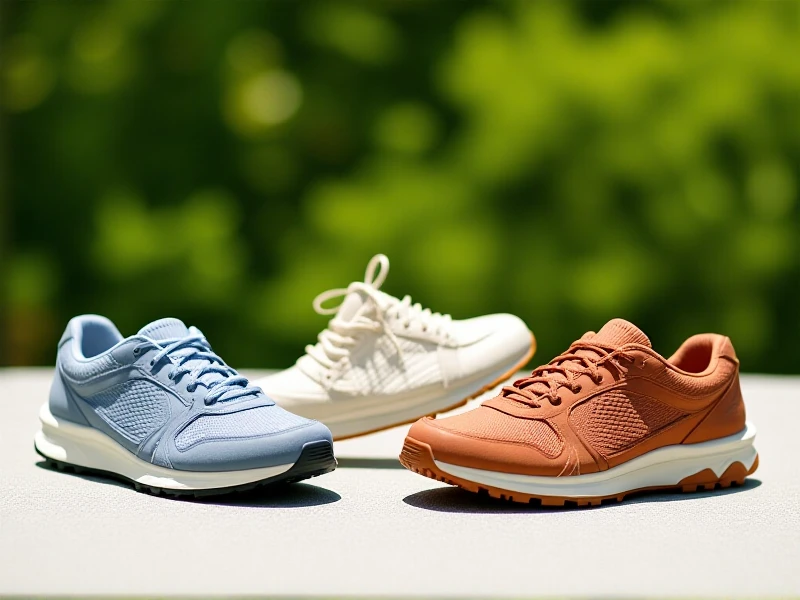
Finding Your Perfect Pair: Your Ultimate Guide to Jogging Shoes
Stepping out for a run? Choosing the right pair of jogging shoes is more than just picking a stylish design; it's foundational for comfort, performance, and preventing injury. Whether you're a daily pavement-pounder or an occasional trail trotter, the perfect shoes make all the difference. Let's break down what you need to know.
Why the Right Jogging Shoes Matter
Your feet endure significant impact with every stride. Running sneakers are specifically engineered to absorb shock, provide stability, and propel you forward efficiently. Wearing incorrect or worn-out shoes can lead to common issues like shin splints, plantar fasciitis, knee pain, or blisters. Investing in proper jogging footwear protects your investment – your health.
Key Features to Look For
- Cushioning: This is paramount for shock absorption. Look for adequate midsole cushioning to protect joints. Heel-to-toe drop (the height difference) varies – lower drops encourage a midfoot strike, while higher drops suit heel strikers.
- Fit & Comfort: Jogging shoes should fit snugly but not tight, with about a thumbnail's width of space in front of your longest toe. Ensure a secure heel hold and ample width across the ball of your foot. Remember, feet naturally swell during runs.
- Stability & Support: Your "gait" (how your foot rolls inward) dictates the need for support. Visit a specialty running store for analysis. High-arched feet often need cushioned, neutral shoes. Flatter arches or significant pronation typically require stability or motion control models.
- Breathability: Look for an upper made of mesh materials. A breathable upper keeps feet cool, enhances comfort, and reduces moisture buildup on longer runs.
- Traction & Outsole: The outsole's rubber lugs should match your terrain. Deeper lugs offer superior grip on trails, while flatter patterns work best on roads and tracks. Durable rubber compounds extend the lifespan of your running shoes.
Finding Your Ideal Match
The best approach is dedicated research and trying before buying:
- Specialty Stores: Utilize the expertise at dedicated running shops. Their gait analysis is invaluable.
- Read Reviews: Look for trustworthy reviews from runners with similar needs and foot types. Pay attention to reports on durability, comfort over distance, and performance.
- Try Them On: Always try shoes on later in the afternoon when feet are naturally larger. Wear the socks you typically run in.
- Replace Timely: Don't push your shoes too far. Experts recommend replacing jogging shoes every 300-500 miles. Loss of cushioning is the primary sign.
The Bottom Line
Never underestimate the power of the right shoe. Prioritizing fit, cushioning, and support tailored to your individual biomechanics transforms your jogging experience. Taking the time to find your perfect pair is an investment in your enjoyment, performance, and long-term injury prevention, letting you focus simply on putting one foot in front of the other. Happy running!